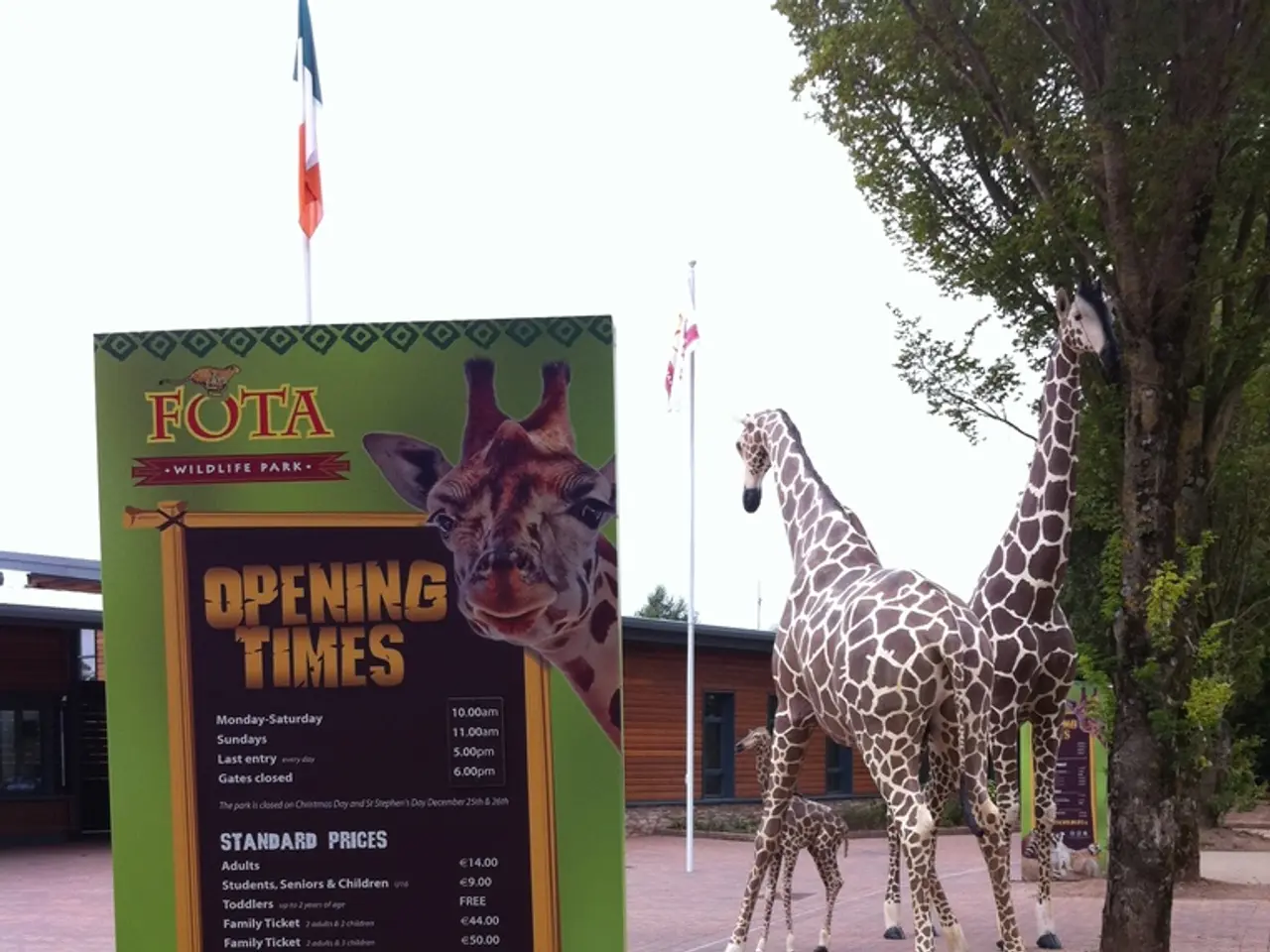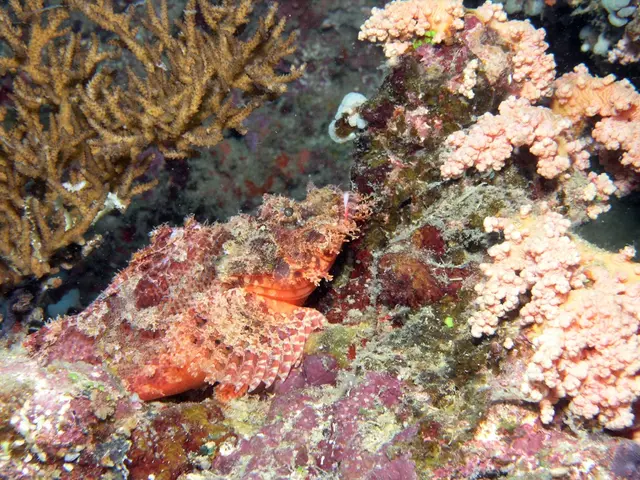Giraffes Reclassified: Four Distinct Species Face Unique Threats
A groundbreaking study has divided giraffes into four distinct species, challenging previous beliefs that they were a single species. This new classification, based on two decades of genome analyses, highlights the urgent need for species-specific conservation efforts.
The study, published in the journal Current Biology, analysed over 2,000 samples from giraffes across Africa. Advances in genome sequencing, which have reduced costs to around $100 per sample, made this comprehensive analysis possible. The findings reveal significant genetic differences between giraffe populations, warranting their division into four species: Northern, Reticulated, Masai, and Southern Giraffes.
Each species faces unique threats. The Northern Giraffe, with around 7,000 individuals, is the most critically endangered, threatened by political instability, trophy hunting, and poaching. The Reticulated Giraffe, with around 21,000, is distinctive for its mosaic coat and faces threats like habitat loss. The Masai Giraffe, primarily found in Tanzania and southern Kenya, numbers approximately 44,000 and is under pressure from habitat loss due to savanna conversion for livestock grazing. The Southern Giraffe, the most numerous with around 69,000, still faces threats to its future.
This new classification is a significant contribution to science and a wake-up call for species conservation. It underscores the need for tailored conservation strategies for each giraffe species and region. Uniform approaches are no longer sufficient. Further research and targeted conservation efforts are now more urgent than ever to protect these iconic animals and their habitats.








